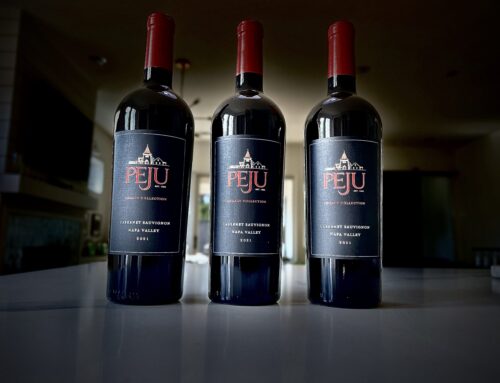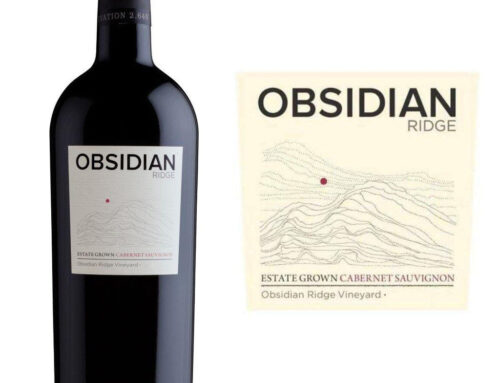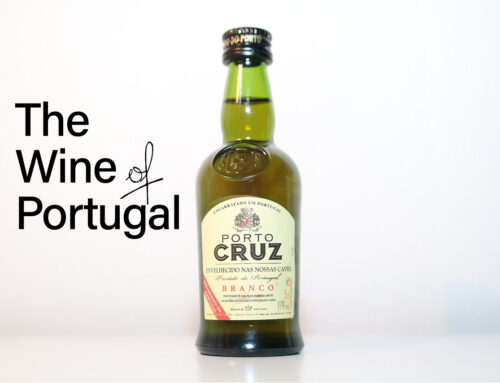Exploring the different wine regions of the world will lead you down one of two contrasting paths.
- The more traditional path will show you regions that have been meticulously involved with their vineyards and winemaking traditions for thousands of years. Many of these regions that come to mind are the popular regions spread throughout Europe.
- The other path tends to ring less traditional and can even feel downright spontaneous. This is the path taking you to regions that sort of stumbled upon their own winemaking traditions, sometimes as the result of a combination of political and environmental factors. These regions will often surprise us with world-class wine without having the thousands of years of foundation that other popular regions can boast.
When it comes to the wine of the country Georgia, however, it seems the region has a foot planted firmly in both of these categories. “All paths lead to the mountaintop,” as they say!
Archaeologists and modern sommeliers alike will look with excitement at the mention of Georgian wine, as it’s simultaneously a region the most ancient of winemaking traditions as well as a region with a recent claim to fame in the modern wine market.
History of Georgian Wine
 This history and origins of Georgian winemaking are nothing short of iconic. Spanning over 8000 years, ancient Georgian wine is nearly synonymous with the qvevri, which is a sort of egg-shaped clay vessel instrumental in wine production, ageing, and storage. Both the qvevri and the winemaking that goes with it were fundamental for individual families and whole communities, and winemaking knowledge and practices using it were passed down throughout the generations.
This history and origins of Georgian winemaking are nothing short of iconic. Spanning over 8000 years, ancient Georgian wine is nearly synonymous with the qvevri, which is a sort of egg-shaped clay vessel instrumental in wine production, ageing, and storage. Both the qvevri and the winemaking that goes with it were fundamental for individual families and whole communities, and winemaking knowledge and practices using it were passed down throughout the generations.
Children would learn from their elders how to craft and care for the qvevri itself, and also how to tend to the vines, harvest and press grapes, collect the juice along with the skins and stems into the clay vessel, properly cover it, and then put it into the ground to allow for about six months of fermentation. These traditions played an intimate and vital role in family and Georgian culture and are remembered and maintained to this day.
It’s no wonder, then, that archeologists consider Georgia to be the “cradle” of winemaking. 8000 years of careful tradition is quite a legacy!
Why, then, can Georgia also be considered a fairly new name in the modern wine industry?
Politics and Wine

Unfortunately, iconic origins aren’t impervious to politics.
At first, the Soviet Union wasn’t all that bad for Georgian winemaking—in fact, Georgian wine was significantly better than other wines available to many Russians for decades of recent history, allowing for significant growth in popularity and production. However, in the 1980s, this symbiotic relationship came to an end with Gorbachev’s push against alcohol. This campaign cut off some of the older wineries (in the USSR and beyond), and larger embargoes dealt significant damage to Georgian wine companies that would take decades to recover from.
The clash with Soviet campaigns against alcohol cost Georgia a staggering 96% of its export market.
Fortunately, this damage was feasible to be overcome with some big shifts after the fall of the Soviet Union. Wine culture and winemaking in Georgia has experienced an especially big boom since the turn of the century, with the number of wineries exploding over 10-fold from 2006 to 2018. Modern wine education has also become more common, and more and more local Georgians are studying to become sommeliers.
After years of diversifying its target markets and allowing time for regrowth, Russia has lifted the antiquated ban and has returned as Georgia’s top market for exports by volume. Ukraine, China, and Kazakhstan are also major players.
Exports of Georgian wine actually go much further, too, with over 50 countries listed on their wine exportation list. Countries like France and the Netherlands have recently greatly increased the amount of wine they import from Georgia, and the U.S. has seen big and steady increases in imports as well.
The Wines of Georgia
One of the biggest strengths of the Georgian wine industry is its overwhelming variety. With well over 400 different grape varieties, you could probably spend a couple of lifetimes exploring all the different wines Georgia has to offer.
This massive grape variety tends to be kept hyper-local or even artisanal since only about 38 of them are grown for commercial winemaking. Nevertheless, this backdrop of diversity allows Georgian wine to run a gamut of palette experiences, from more traditional notes to modern, vibrant styles that have garnered a lot of recent attention with wine drinkers looking for something new.
Here are some Georgian wines we recommend you get familiar with:
- Tsinandali is a white wine made from a mixture of Rkatsiteli and Mtsvane grapes. Two to three years of fermentation helps bring out the complexity in this wine, and further fermentation is often used to bring out some nutty notes from the bottle aging. This wine has a pale golden color and a light body, with a light flavor and a moderate finish.
- Tvishi is made from Tsolikouri grapes. It is a semi-sweet white wine produced around the Tvishi village in northwestern Georgia.
- Alaznis Veli is another white semi-sweet wine, this time made with a mixture of Rkatsiteli, Tetra, Tsolikauri and other grape varieties. This wine takes on a straw color with a characteristic aroma and a harmonious taste.
- Mukuzani is a dry red wine made exclusively with Saperavi grapes form the regions of Mukuzani and Kakheti. Unlike some of its counterparts, this red is set apart due to a longer aging time in oak casks, at least three years. The deep red color greets you with soft, smoky notes of oak and berry. The palate starts off dry, but the vibrant fruit notes quickly follow in.
- Kindzmarauli is another dark red wine made with Saperavi grapes. Unlike Mukuzani, however, this wine is semi sweet and aged for two years.
- Khikhvi is a white dessert wine made with Khikhvi grapes cultivated in Kardanakhi, a region that has been making wine in Georgia since the 1920s. This wine has an amber color with a delicate taste.
It might be clear by now that Georgian wine offers quite a variety, plenty of which can easily serve as quite a refreshing and welcome adventure outside a lot of the most popular regions we’re used to. Its recent return to the spotlight also means that a lot of fantastic Georgian wine falls under very affordable prices. Make sure to uncork a bottle and enjoy this simultaneously ancient and modern wine tradition for yourself!






Leave A Comment